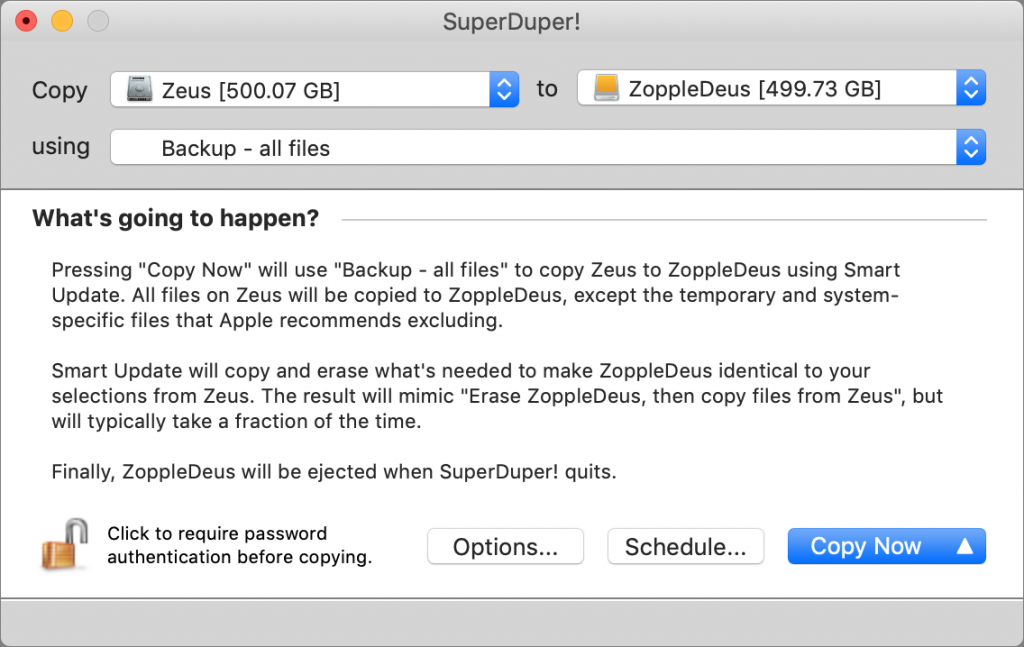

To confirm the process was stopped, repeat the initial command. Once the PID is identified, the process is stopped. One for the autoload process, and one for the grep process. Notice that when the results return, there are two PIDs. In the following example, the ps and grep commands are combined to search for the Autoload.sas program. Let’s use some of our commands to find the process and stop it. For instance, suppose the Autoload script was having issues and needed to be stopped. This example is another practical use of the grep command. If the output is long, you may want to narrow the list down further so you can see a specific process. This figure shows the result of the sas.servers script. Most of these applications should look familiar – for instance, notice the Command column shows the Object Spawner and Metadata Server. With this command, you know everything running under your group and how long it has been running. The output has the following columns: PID, TTY, STAT, TIME, and COMMAND. In the following example, you can see the output of the PS GF command. You can see running processes and stop the process if necessary. When a process is started, it is assigned a process ID, which is called a PID. Linux refers to running applications as processes or jobs. Note: If you are starting the sas.server processes you must be logged in as the SAS Installer (sas) account. Refer to the system administration documentation for a complete description of sas.servers script. SAS Visual Analytics is running when the SAS Web App Server SASSERVERn shows as “UP.” When we were looking at the logs, the logs were associated with SASServer12_1. The Metadata Server must be running so that permissions can be checked and other server connections can be made. Notice that the SAS Metadata Server is begun before the Object Spawner and Web Server. The SAS Servers need to be started in order, which this script handles. This indicates the script is in the current working directory. Note when running a script, you must append a “./” before the name to run it. In the following example notice that the servers are UP, which means they are actively running. When you run sas.servers with the status parameter, it shows the server status. As you might guess, the start parameter begins all processes, and likewise, the stop parameter ends all processes. It has four parameters that allow you to control what happens: start, stop, restart, and status. There are several scripts in the Lev1 directory that are used to control SAS Visual Analytics and its supporting processes. This post provides some helpful guidelines. When you need to troubleshoot the system, it is useful to know some commands that help you determine the application and system status.
SAS FILE ON MAC ON LINUX HAVING PROBLEMS HOW TO
In this post, we will go through the basics of how to troubleshoot the system when issues arise. Eventually, a user will have data issues or create a disruption that causes the system to malfunction. This job becomes even more formidable when you are working with a system like SAS Visual Analytics that requires multiple users loading data daily. Whether you are a new SAS administrator or switching to a Linux environment, you have a complicated mission.


 0 kommentar(er)
0 kommentar(er)
